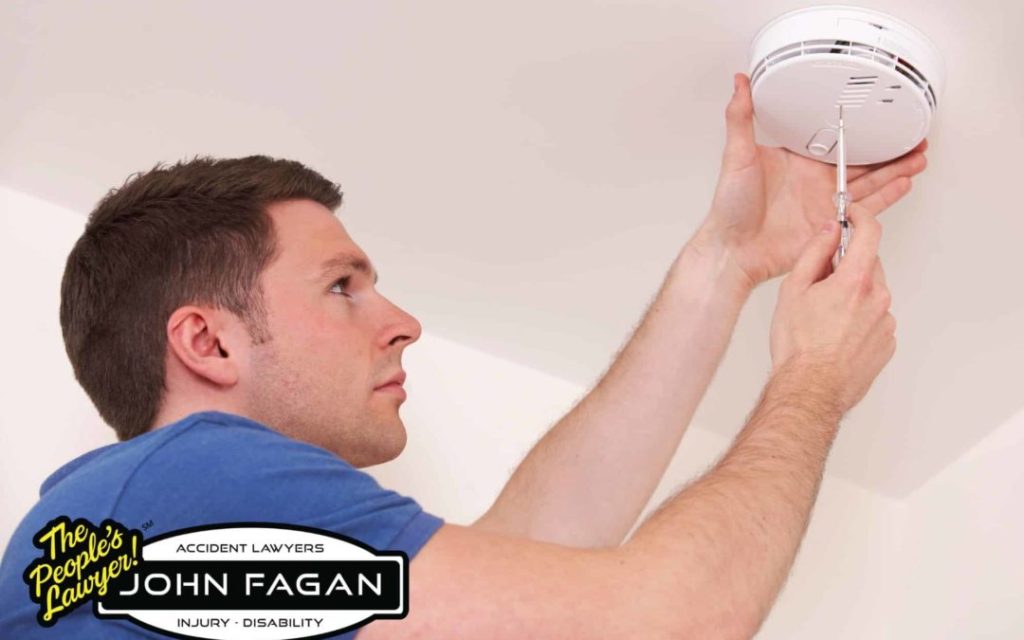By John Fagan***
Carbon Monoxide (CO) is an invisible, tasteless, gas with no
smell that is a byproduct of incomplete combustion. All fuel burning appliances
produce carbon monoxide. This includes gas and oil heaters and furnaces, wood
stoves, gas cooking stoves and ovens, gas dryers, kerosene heaters, gas water
heaters, fireplaces, charcoal grills, and internal combustion engines on
generators, vehicles, lawn mowers, etc.
Why
does CO matter?
Carbon monoxide is poisonous because it replaces the oxygen
in your blood. This prevents your body from getting the oxygen it needs. Carbon
monoxide is often called the silent killer because without a detector, you
won’t know that you are being exposed to it. Symptoms to look out for include
fatigue, dizziness, headache, nausea, chest pain, blurred vision, or fainting.
How to
prevent carbon monoxide poisoning
The first step is to keep your house properly vented.
Opening up chimneys and vents help move good air into your house and bad air
outside of your house.
You need both smoke detectors and carbon monoxide detectors.
Smoke detectors do not detect CO levels and CO detectors are not replacements
for smoke detectors.
Be familiar with your alarm characteristics and what
different alarms mean. Make sure to read the instruction manual especially for
where to place the device. CO is light weight so it will rise. You want to
place your device high and near potential CO sources.
You need CO detectors in all homes. They need to be replaced
every 5-7 years depending on manufacture instructions. Batteries must also be
replaced every year.
Knowing the different levels of carbon monoxide safety can
save lives. New CO monitors with a digital display can detect CO levels as low
as 11 parts per million (ppm). 20 ppm is a low level but is still dangerous
over a long period of time especially to those in poor health, infants, unborn,
or the elderly. Most CO detectors alarms do not go off until 70 ppm. It is
highly suggested to have a CO monitor with a digital display so that you are
alerted to even low levels of carbon monoxide.
What to
do if you suspect a CO leak
Turn off suspect appliances (anything that could give off
carbon monoxide), open windows and doors to ventilate your home, get everyone
out of the house as soon as possible, and dial 911. You want to make sure to
vacate your home promptly because carbon monoxide can make you incoherent,
dizzy, or cause you to faint.
My practice is dedicated to helping accident victims. If you ever need help with a legal problem or just want information on these subjects, you can always reach me at 1-855 FAGAN LAW or by email at John@JohnFagan.com






